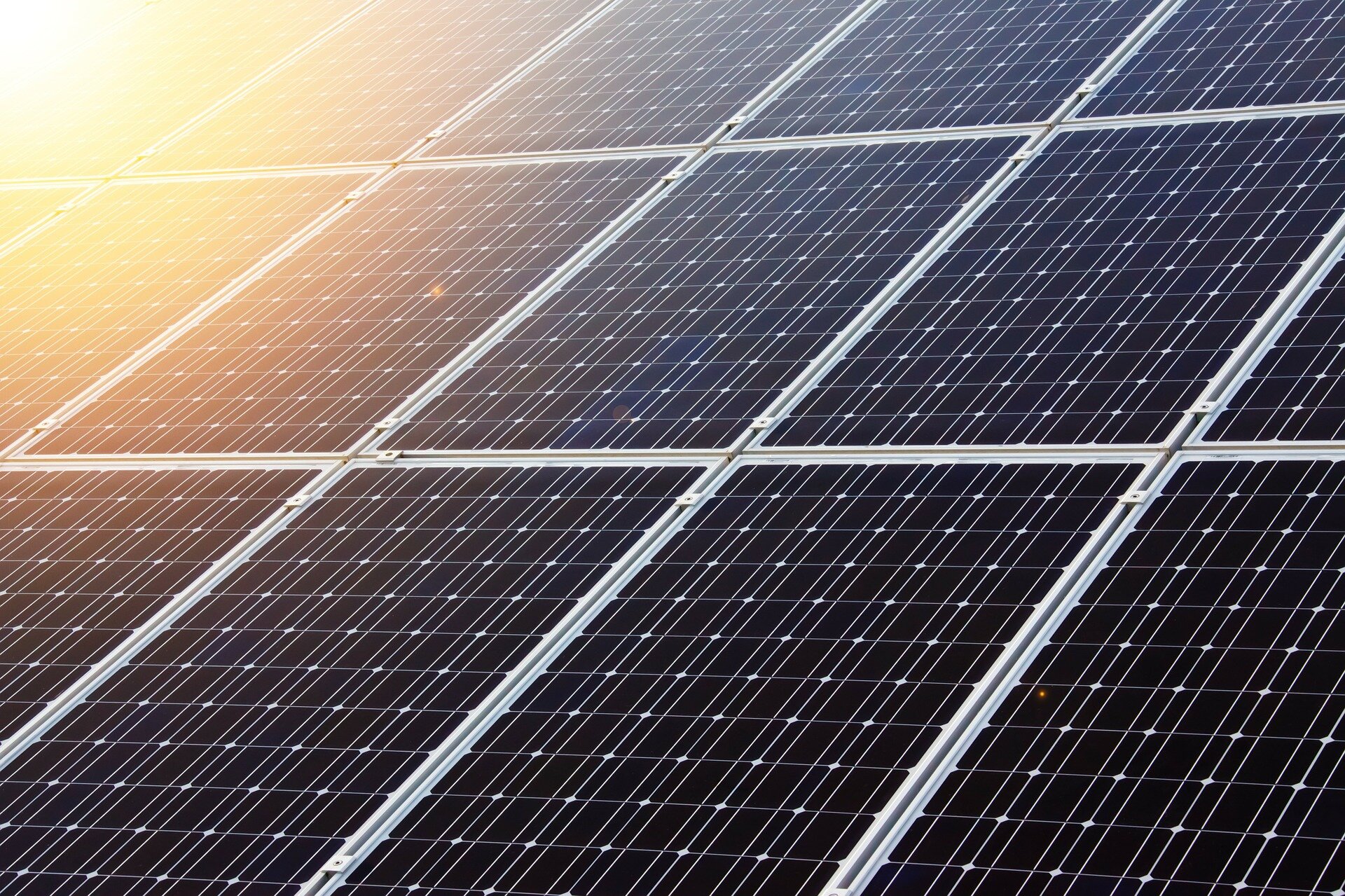
Physicists from the University of Luxembourg with European experts have succeeded in explaining the recent efficiency improvements in thin film solar cells. The work of the whole consortium has been published in the prestigious journal Advanced Energy Materials.
Thin film solar cells are the electricity source with the lowest CO2 emissions. Thin film solar cells based on chalcopyrites, a semiconductor material, are among the technologies showing the highest efficiencies and they are stable in the field.
Comprehensive model
After 3.5 years of collaborative effort between European partners, researchers have demonstrated that the recent improvements are due to changes inside the active layer, not at the surface as originally thought.
The effort led to several steps forward in efficiency—and to deeper understanding of the effects leading to these efficiency improvements. "In this new paper we bring all the evidence together to come up with a comprehensive model of the effects of alkali treatments. Originally it was thought that the surface is responsible for the efficiency improvement, because it's a surface treatment and the chemistry at the surface is changed considerably," explains Prof. Susanne Siebentritt who leads the Laboratory for Photovoltaics at the University of Luxembourg.
With the combined effort of several groups across Europe, researchers could show that the main change is inside the active layer, in the atomic and electronic structure of grain boundaries. "It was the photoluminescence work at the University of Luxembourg that gave the decisive hint that the electronic structure inside the absorber is improved by the treatment," says Prof. Siebentritt.
More information: Susanne Siebentritt et al. Heavy Alkali Treatment of Cu(In,Ga)Se 2 Solar Cells: Surface versus Bulk Effects, Advanced Energy Materials (2020). DOI: 10.1002/aenm.201903752
Citation: How a surface treatment improves the inside of a solar cell (2020, February 4) retrieved 4 February 2020 from https://techxplore.com/news/2020-02-surface-treatment-solar-cell.html
This document is subject to copyright. Apart from any fair dealing for the purpose of private study or research, no part may be reproduced without the written permission. The content is provided for information purposes only.
